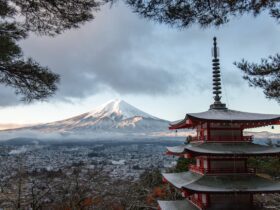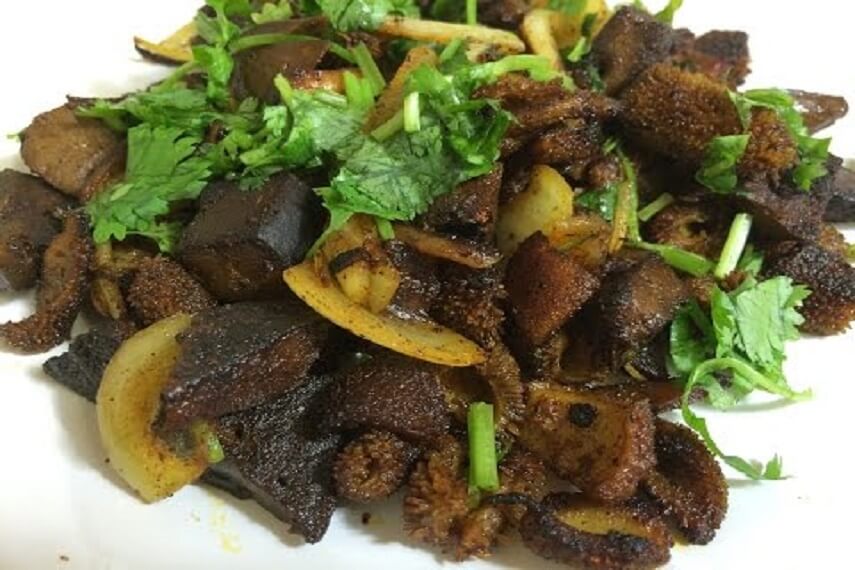Japan is renowned for its rich culture, unique traditions, and stunning landscapes. However, beyond the popular images of sushi, samurai, and bustling cities, lies a tapestry of hidden secrets waiting to be discovered. This article delves into the lesser-known aspects of Japan, offering a glimpse into its fascinating history, vibrant culture, and modern innovations.
Japan’s rich culture, steeped in tradition and history, is a tapestry woven with threads of ancient customs and modern marvels. While many are familiar with its iconic sushi, disciplined samurai, and bustling cities, there is much more to discover beyond these well-known facets. Japan’s hidden secrets are waiting to be discovered by those eager to delve deeper into the essence of this enchanting nation.
#1. Hidden Historical Sites:
Japan’s historical sites extend far beyond the well-known temples and castles, with many hidden gems waiting to be discovered. One such site is the Tottori Sand Dunes, ancient burial mounds of the Kofun period, a natural wonder located in Tottori Prefecture. These dunes are the largest in Japan and offer a unique glimpse into the country’s geological history. Formed over thousands of years, the dunes stretch for 16 kilometres along the coast and reach heights of up to 50 meters. Visitors can explore the dunes on foot or by camel, experiencing a landscape that is unlike any other in Japan.
Tottori Sand Dunes: Located in Tottori Prefecture, these dunes are the largest in Japan, stretching for 16 kilometres along the coast and reaching heights of up to 50 meters.
- They offer a unique glimpse into Japan’s geological history, with their formation dating back thousands of years.
- Visitors can explore the dunes on foot or by camel, experiencing a landscape that is unlike any other in Japan.
Ancient Burial Mounds of the Kofun Period: Spanning from the 3rd to the 7th century AD, these burial mounds, known as kofun, are scattered throughout Japan and vary in size and shape.
- Some of the most impressive examples can be found in the Kansai region, such as the Daisen Kofun in Osaka, which is one of the largest burial mounds in Japan.
- These mounds offer insights into the beliefs and customs of ancient Japan and are significant for their historical and archaeological value.
#2. Cultural Riches
Japan’s cultural heritage is vast and varied, encompassing traditional arts, festivals, and rituals passed down through generations. One such tradition is “hanami,” the practice of enjoying the transient beauty of cherry blossoms. Every spring, people gather in parks for picnics under the blooming cherry trees, celebrating the ephemeral beauty of nature—a tradition that dates back centuries.

- Hanami: The traditional Japanese practice of enjoying the beauty of cherry blossoms, often with picnics under the blooming trees, celebrating the arrival of spring.
You May Also Like These
#3. Modern Marvels
Japan’s reputation for innovation and technology is world-renowned, with several modern marvels that continue to inspire awe. One such example is the Shinkansen, or bullet train, which revolutionized high-speed rail travel and set a new standard for efficiency and safety. The Shinkansen is not just a mode of transportation but a symbol of Japan’s commitment to excellence and innovation.

- Shinkansen: The bullet train revolutionized high-speed rail travel, symbolizing Japan’s commitment to innovation by offering safe, efficient, and punctual transportation.
- Urban Planning: Innovative solutions in cities like Tokyo, such as capsule hotels, maximize space without compromising comfort, showcasing Japan’s ability to creatively address urban challenges.
#4. The Beauty of Nature
Japan’s natural beauty is unparalleled, with stunning landscapes that range from snow-capped mountains to pristine beaches. One hidden natural wonder is the island of Yakushima, known for its ancient cedar forests and diverse wildlife. Yakushima offers a tranquil retreat for nature lovers, with its pristine beaches and crystal-clear waters.

- Ancient Cedar Forests: Yakushima is home to some of the oldest living cedar trees in the world, with some trees dating back over 1,000 years. Walking through these ancient forests is like stepping back in time, surrounded by towering trees and lush greenery.
- Diverse Wildlife: The island is also home to a variety of wildlife, including the Yakushika deer, which is native to the island and found nowhere else in the world. Birdwatchers will also delight in the chance to spot rare species such as the Yakushigani crab and the Japanese murrelet.
#5. Unique Traditions:
Japan is home to many unique traditions that are lesser-known but deeply rooted in its culture. One such tradition is “kintsugi,” the art of repairing broken pottery with gold or silver lacquer. This practice not only restores the object but also celebrates its imperfections, viewing them as part of the object’s history and beauty.
- Kintsugi: The Japanese art of repairing broken pottery with lacquer mixed with powdered gold, silver, or platinum. This technique not only restores the object but also highlights the cracks as part of its history, creating a new form of beauty.
You May Also Like These
#6. Fascinating Folklore:

Japan is rich in folklore and mythology, with stories that have been passed down through generations. One such tale is that of the “kappa,” a mischievous water creature said to inhabit rivers and ponds. According to legend, the kappa has a deep love for cucumbers and is known for its love of sumo wrestling. This quirky creature is just one example of the many fascinating aspects of Japanese folklore.
- Tanuki: Another famous creature from Japanese folklore is the tanuki, a mischievous raccoon dog known for its shape-shifting abilities and love of sake. Tanuki statues can often be found outside businesses as a symbol of prosperity and good luck.
#7. Culinary Delights:
While sushi may be the most famous Japanese dish, the country boasts a wide range of culinary delights that are lesser-known but equally delicious. From savoury okonomiyaki pancakes to comforting oden stew, Japanese cuisine offers a diverse and flavorful experience for food lovers.
- Takoyaki: These savoury octopus balls are a popular street food in Japan, made with a batter of wheat flour and filled with diced octopus, tempura scraps, pickled ginger, and green onion, topped with takoyaki sauce, mayonnaise, and bonito flakes.
Conclusion
Japan’s hidden secrets are as diverse as they are intriguing, offering a glimpse into a culture that is both ancient and modern. From the art of bonsai to the historical wonders of Kanazawa, Japan’s hidden gems are waiting to be discovered by those willing to look beyond the sushi and samurai. So, the next time you think of Japan, remember that there is much more to this fascinating country than meets the eye.





























Leave a Reply
View Comments